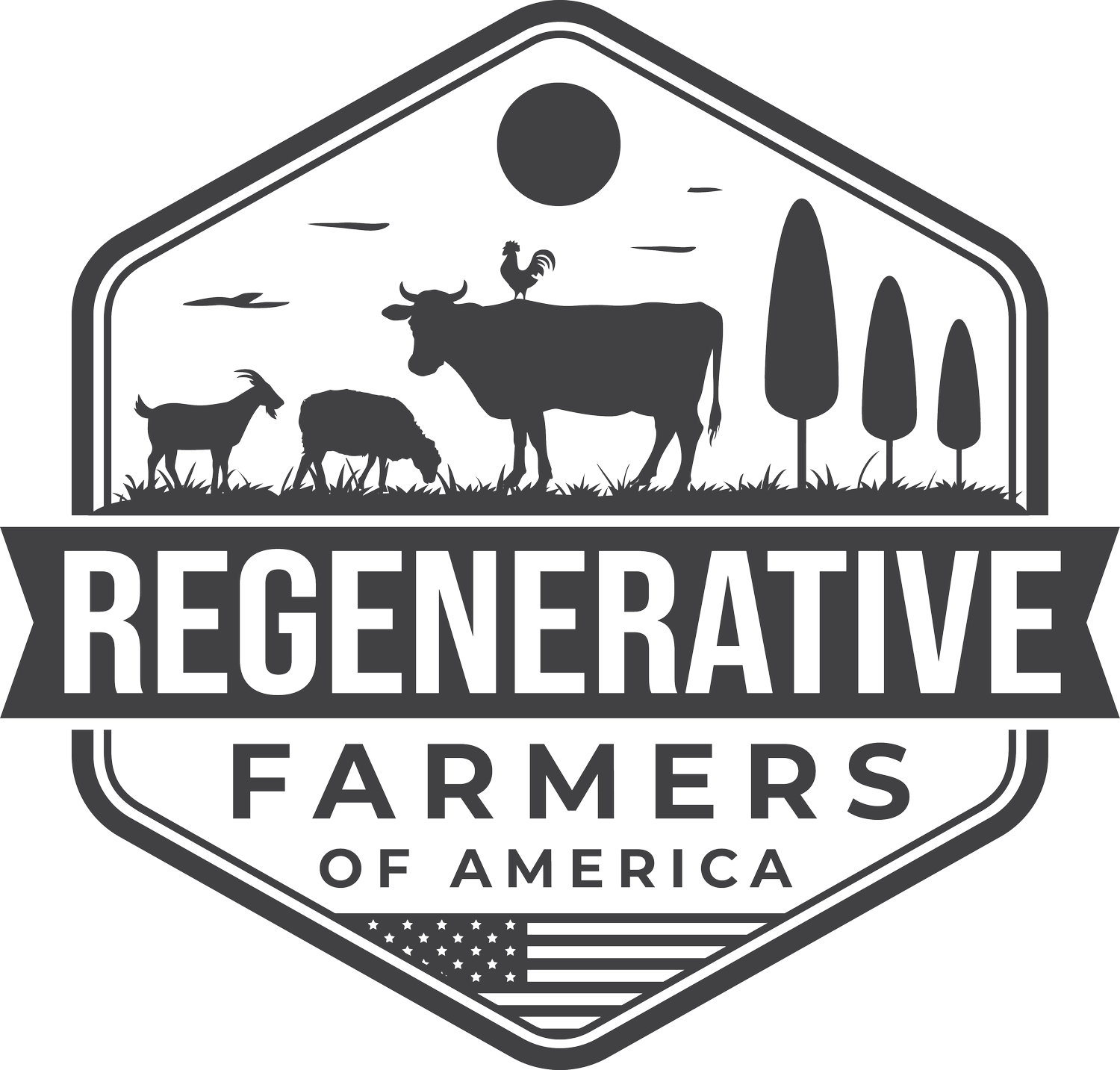Five Ways to Transition to Regenerative Agriculture
Understanding Regenerative Agriculture: Key Principles and Practices
At its core, regenerative agriculture is about restoring and improving soil health through practices such as cover cropping, no-till farming, and diverse crop rotations. By prioritizing soil health, regenerative agriculture can lead to increased crop yields, improved water retention and infiltration, and greater carbon sequestration. Other key principles of regenerative agriculture include integrating livestock into farming systems, using natural pest management techniques, and promoting biodiversity. By embracing these practices, farmers can move away from the use of synthetic fertilizers and pesticides and work towards more sustainable and resilient food systems.
How to Transition to Regenerative Agriculture
Regenerative agriculture is a holistic approach to farming that prioritizes soil health, biodiversity, and the overall health of the ecosystem. Here are five ways to transition to regenerative agriculture, along with the benefits of each practice:
Reduce tillage: Reducing tillage is a key component of regenerative agriculture as it helps to maintain and improve soil structure. By using cover crops, no-till drills, or reduced tillage equipment, you can reduce the amount of soil disturbance, preventing erosion and preserving the soil's natural structure. This leads to improved water retention, reduced runoff, and increased organic matter, which can result in healthier and more productive crops.
Incorporate cover crops: Cover crops are essential in regenerative agriculture as they help to add organic matter and nutrients to the soil, reduce erosion, and suppress weeds. By planting cover crops between main crops, you can improve soil fertility and structure, as well as promote a more diverse and resilient ecosystem.
Use compost and other organic amendments: Compost and other organic amendments can help to improve soil health by adding essential nutrients and organic matter. By using compost, you can improve soil structure, increase water retention, and support the growth of beneficial microorganisms. Other organic amendments such as green manures, bone meal, and rock dust can also be used to add specific nutrients to the soil, leading to healthier and more productive crops.
Implement rotational grazing: Rotational grazing is a method of using animals to manage grasslands in a way that improves soil health and biodiversity. By moving animals from one paddock to another, you can promote even distribution of animal impact, prevent overgrazing, and give pastures time to recover. This leads to improved soil structure, increased organic matter, and healthier grasslands, which can support a more diverse range of plants and animals.
Foster biodiversity: In regenerative agriculture, promoting biodiversity is key to creating a healthy and resilient ecosystem. By planting a mix of crops, incorporating wildflowers and pollinator-friendly plants, and promoting habitat for beneficial insects and other wildlife, you can create a more diverse and thriving ecosystem. This can lead to reduced pest pressure, improved soil health, and increased resilience to environmental stresses such as drought and disease.
Start Small: Tips for Beginning Your Regenerative Agriculture Journey
It's important to start small and take things one step at a time. One effective approach is to identify one or two regenerative practices that you can incorporate into your farming operation and focus on implementing them successfully.
This might involve starting a cover crop, reducing tillage, or introducing grazing animals. It's also important to build a network of support, whether it's through joining a local regenerative agriculture group, learning from online education platforms, or connecting with like-minded farmers in your area.
By starting small and building on your successes, you can gradually shift towards more regenerative practices while minimizing the risk of disruption to your farming operation. Over time, these small changes can add up to significant improvements in soil health, crop yields, and overall farm resilience.
By incorporating these five practices into your farming operation, you can reap the benefits of regenerative agriculture, including improved soil health, increased productivity, and a more sustainable and resilient ecosystem.
